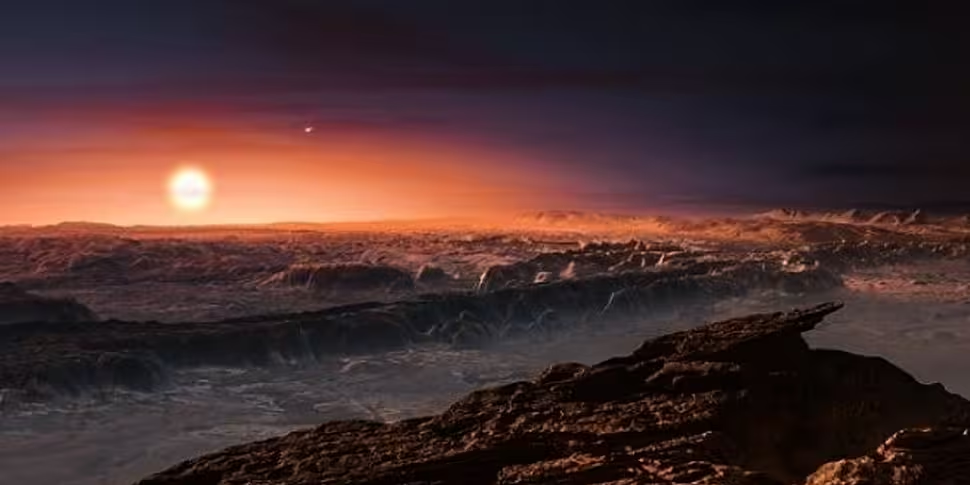Scientists have announced the discovery of a rocky planet orbiting the closest star to our solar system.
The planet lies within the so-called “habitable zone” of the Proxima Centauri star and has a temperature suitable for liquid water to exist on its surface.
This means it could potentially support life, raising the possibility of future colonisation by humans.
Named Proxima b, the planet lies just over four light years away from Earth, in the constellation of Centaurus, and orbits its red parent star every 11 days.
Significantly, researchers also believe Proxima b to be the closest exoplanet to our sun.
However, conditions on its surface may be strongly affected by the ultraviolet and X-ray flares from its parents star — far more intense than what we experience from the sun.
The planet is said to have a mass at least 1.3 times that of Earth, orbiting about 7 million kilometres from Proxima Centauri, or only 5% of the Earth-sun distance.
Proxima b's rotation, the strong radiation from its star and the formation history of the planet makes its climate quite different from that of Earth, according to scientists, and it is unlikely that Proxima b has seasons.
However, the international team behind the discovery found that the existence of liquid water on the planet today cannot be ruled out.
"The lifetime of Proxima is several trillion years, almost a thousand times longer than the remaining lifetime of the sun," said Abraham (Avi) Loeb of Harvard University.
"Hence, a habitable rocky planet around Proxima would be the most natural location to where our civilisation could aspire to move after the sun will die, five billions years from now."









